Now on the Battle of Tsushima!
BackgroundIn the Russo-Japanese War, the Imperial Japanese Navy faced the First Pacific Squadron. They were blockaded at Port Arthur and their commander, Stepan Makarov had died. Some indecisive encounters at Port Arthur and the Yellow Sea had happened. The squadron was eventually destroyed in Port Arthur. The IJN itself was led by Tōgō Heihachirō, the most experienced amd skillful battleship admiral at that time.
Due to this situation, the Russian Tsar, which was also urged by Wilhelm II, sent a portion of the Baltic Fleet to the Pacific, thus making the Second Pacific Squadron. They planned to overwhelm the IJN. It was led by Zinovy Rozhestvensky.
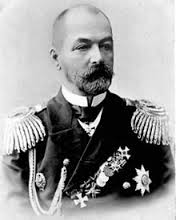
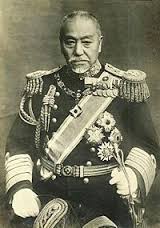
Left: Rozhestvensky
Right: Tōgō The Baltic fleet consisted of old ships except for the four new
Borodino-class battleships, built in 1900-1902. They were the
Borodino,
Imperator Alexander III, Knyaz Suvorov , and the
Oryel.
The Japanese flagship,
Mikasa was built in 1902. They were relatively modern, fitted with telegraph for quick orders.
The squadron went through a hard journey as the British barred them entrance to the Suez Canal because they had attacked some British ships suspected as Japanese torpedo boats. The squadron gained respite in French Indochina.
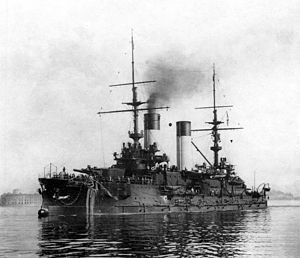
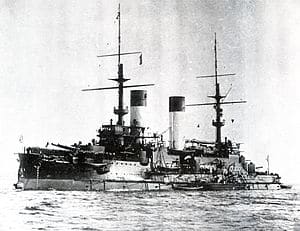

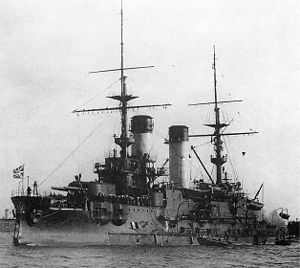
Top left: Oryel
Top right: Knyaz Suvorov
Bottom left: Imperator Alexander III
Bottom right: Borodino
The squadron's objective was to go to Vladivostok. Rozhestvensky chose Tsushima Strait as the route simply because it was the most direct.Tōgō knew of this and planned to engage.
In 27 May 1905, the Japanese auxillary cruiser Shinano Maru spotted a Russia hospital ship. Curiously, the hospital ship didn't warn the rest of the fleet. However, Shinano Maru did notify Tōgō. The Battle of Tsushima was about to begin.
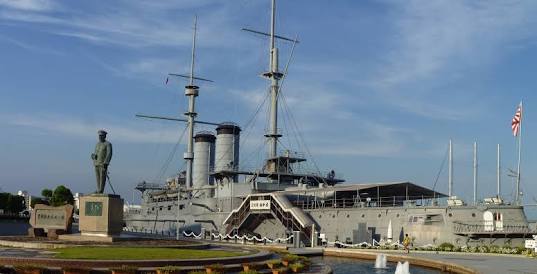 Modern view of Mikasa
Modern view of Mikasa
Force disposition:The Japanese had 89 ships to Russia's 38, however most of this were torpedo boats. Chief of them was the
Hayabusa-class, built in 1900-1904. Russia actually outnumbered the Japanese in battleships 8 to 4. The Japanese battleships other than
Mikasa were the
Asahi,
Fuji, and
Shikishima. A Hayabusa-class destroyer.
A Hayabusa-class destroyer.
The Battle:Tōgō planned for his battleships to be in lead, and planned to turn and cross the Russsian T (crossing the T was a very powerful manuever in battleship combat as it only allowed the enemy to return fore from one side)
In 13.55 JST, Tōgō gave the 'Z' signal. It meant "The Empire's fate depends on the result of this battle, let every man do his utmost duty." The signal was a special one to Tōgō, something like Nelson's "England expects every man to do his duty" signal. 10 minutes later, the Japanese fleet turned to engage.
 The Mikasa's bridge in the beginning of the battle.
The Mikasa's bridge in the beginning of the battle.
In the turning manuever, the Russians fired upon the Japanese,
Mikasa itself receiving 15 hits here, half of the hits she would receive in the battle. Finally, at 14.16, the Japanese fired upon the Russian battleship
Knyaz Suvorov, Rozhestvensky's flagship. The Russians would soon try to disengage, but the Russian battleship
Oslyabya sunk.
In 18.00, they engaged again. The Russians lost
Imperator Alexander III,
Knyaz Suvorov, and
Borodino in this engagement.
Borodino itself was hit in the magazines by
Fuji, causing an explosion. In this engagement, Rozhestvensky was injured and he was replaced by Nikolai Negobatov.
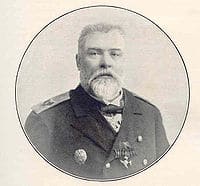 Negobatov.
Negobatov.
At night, Japanese destroyers and torpedo boats attacked. The Russians battleships Navarin and Sissoi Veliky were sunk in this engagement, the former being hit by a mine and the latter torpedoed.
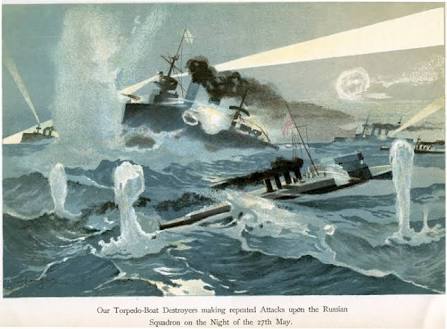
At 10.34, Nebogatov finally gave the signal of surrender after being surrounded and outranged by the Japanese. The battle ended in 10.55, when Tōgō accepted the surrender. The Second Pacific Squadron was utterly destroyed.
Effects and Legacy:
The Russian fleet was destroyed, with only 10 ships remaining. 6 of them were unarmed. The victory was the greatest in the modern age, that was decisive like Trafalgar. Tōgō would compare himself to Nelsonifor this feat.
The battle sent shockwaves to Russia, lowering the popularity of the Tsar and seriously unbalancing the balance of power in Europe. The Russo-Japanese War ended soon after. This battle challenged the idea of European supremacy, showing an Asian nation could beat a European one by technology (the Japanese had telegraph and better rangefinders in the battle). It sparked Nationalist movements in many European colonies. However, this battle also made the Japanese government have think they were the Asian Protector, thus making way for Japanese expansion.
The battle affected WWII, specifically Pearl Harbor in a way, as Yamamoto tried to pull another Tsushima in Pearl Harbor. It was the doctrine of the IJN to do decisive battle after Tsushima. Yamamoto would try to pull a Tsushima again at Midway, but instead was defeated. It showed the weakness of the doctrine against a technologically and industrially superior oppenent. As the Wehrmacht's doctrine of Blitzkrieg failed under Allied numbers and industrial capability, so did the Kido Butai's.
Next, the Battle of Bailen or the Battle of Lissa!
(Also, would you guys like me to the next lectures with the style of my Somme lecture or of this?)